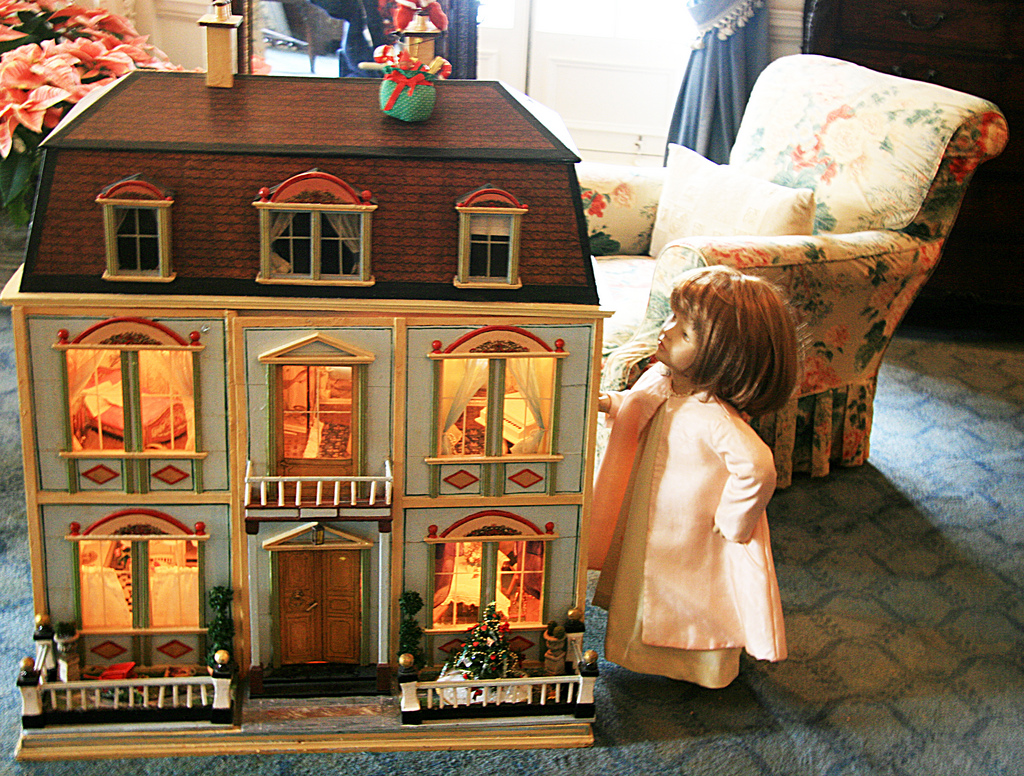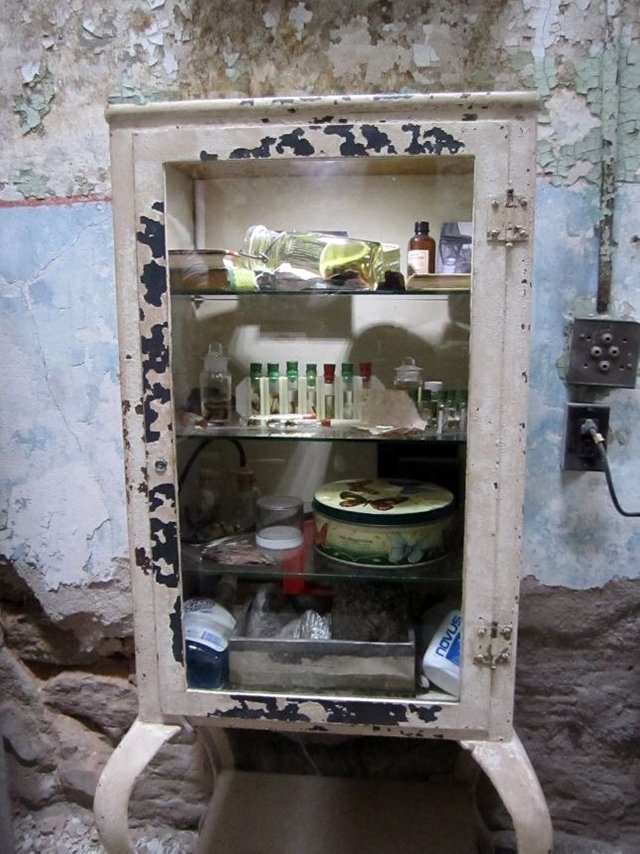Come for the Happy Hour, Stay for the History! - 3 Suggestions for Historic House Museums
I've been away from Steemit for a little while, focusing on cranking out the last bit of my M.A. thesis, but I'm back! In the meantime, we were asked to think about how cultural institutions pivot, and my friend @jfeagan weighed in on the idea of "addition by subtraction" by embracing downsizing.

Not this kind of downsizing!
Photo by Gail Frederick used under license CC BY 2.0
In my field of study, historic house museums (HHMs), contraction has been one of the main options facing institutions when they face financial peril. Many HHMs operate on tiny budgets, most of the money that comes in through philanthropy and grants directed toward arresting the decay of the building. With limited staff capacity, these museums rely on volunteers to engage visitors during limited open hours. These institutions have been embracing tactics such as evening programming (old timey radio shows, early music concerts, theatrical productions, happy hours) which bring in new clientele and some revenue, but these events do not impact the basic model of the HHM. Someone that comes for a concert might show up for the tour, but they are more likely to keep their eyes open for future special events.
So how could HHMs use this tactic--serving as an event space--and make it a more integrated part of their strategic plan?
NOTE: I'm going to stay abstract, dealing with a generic HHM because this is a thought experiment. I'm not in a position to tell anyone what they should do.
Idea #1: Create recurring events to gain a larger space in the cultural market. Rather than having one movie night, find someone willing to run a monthly movie night at the site. HHM events are often under-attended, but then there are examples where events blow up on Facebook and essentially sell out. Creating a standing event evens this out.
Idea #2: Use the site for pro bono or bartered events. Are the block captains in your neighborhood looking for a space to meet? Does the local Girl Scouts group need a room once every two weeks? Nearly every HHM I've ever been in has at least a room or two that are more hardy and artifact-free. Get people using these! While you won't earn admission price the way you will with a Halloween party, you will get people in the door who might come back. And you never know what they might be able to offer in return. Maybe a film-maker wants to shoot a short film in your house, ask that they produce a video promo for you in return? Thinking about the use of the HHM in the long term, rather than in terms of one evening's earnings is key to 21st HHM sustainability.
Idea #3: Let people live in the house:
SPOILER ALERT: this is a big chunk of my thesis--I have a one-track mind right now.
HHM operators can combine their mission of showing a historic house to visitors with their expanding interest in special events by inviting scholars and artists to stay in the house for short stints. These guests could offer a variety of benefits to the HHM (new research on the occupants and neighborhood, art exhibits and installations) and their life within the house can make it a home. They can talk about how their research and art were affected by the surroundings of the HHM.

For example, the installation "Specimen" at Eastern State Penitentiary is the result of etymologist Greg Cowper's habitual proximity to the historic site. He used to work across the street and still comes through the museum very frequently.
Photo by Lulu Hoeller under license CC BY 2.0
These ideas have a few common motives and outcomes. First, to take a long view of usage at your HHM. Giving people an opportunity to use your asset might result in future partnerships. Second, a more programmatic approach will help people know what your house is about and how to visit (and visitation is what you want, right?). Third, these kinds of usage can actually make your historic house museum feel more like a historic home museum.
These approaches aren't a one-size-fits-all panacea for HHMs, but they might offer a more sustainable approach than the ad hoc event planning that many HHMs currently do.
Thanks for taking a short little ride on my hobby horse!
100% of the SBD rewards from this #explore1918 post will support the Philadelphia History Initiative @phillyhistory. This crypto-experiment conducted by graduate courses at Temple University's Center for Public History and MLA Program, is exploring history and empowering education. Click here to learn more.
Last year might have been the first for the apparently successful Parks on Tap which is launching its 2018 season at the Azealea Garden on Kelly Drive. Several of these sites are essentially at historic houses and sites but not branded as such. I went to three or four last spring and summer and each was impressive for delivering young, engaged audiences.
Yeah! I saw incredible crowds on the Strawberry Mansion Bridge when they had it there. The question is how to keep connecting with the audience after the happy hour has passed.
Though they weren't marketed/affiliated with historic sites, did any of these events have any kind of exhibit or site connection once people got there?
Example: I went to a circus show/sunset picnic at the Woodlands (it was awesome) that also had an Entomologist discussing and exhibiting wildlife found at the site. It seemed a really perfect way to draw people in with a monthly event while also connecting people to the site and demonstrating some programming.
Like, if they have a pop up beer garden in Fairmount Park, I think you'd be able to make an awesome exhibit about Brewerytown or German brewing or whatever you want, Ted! I would def attend...